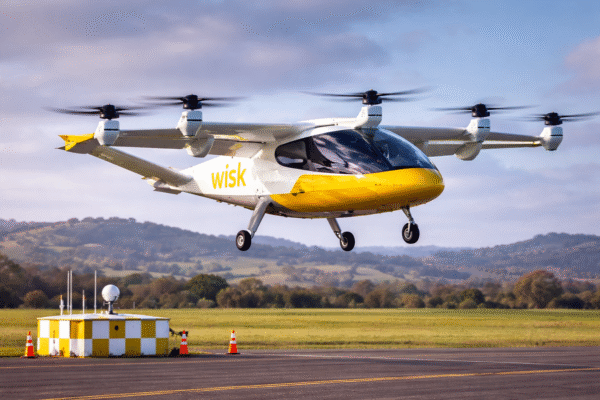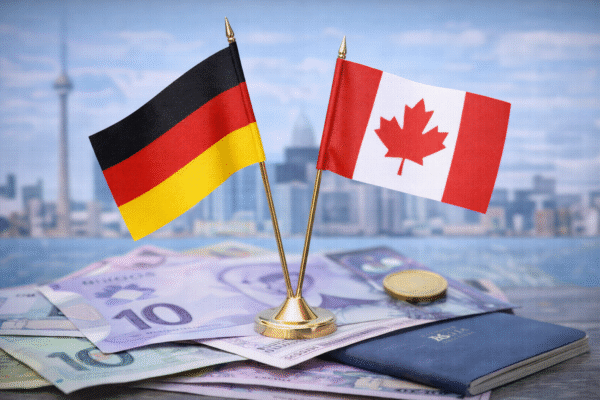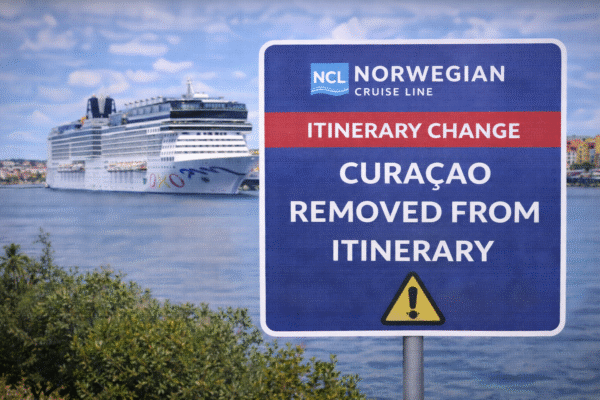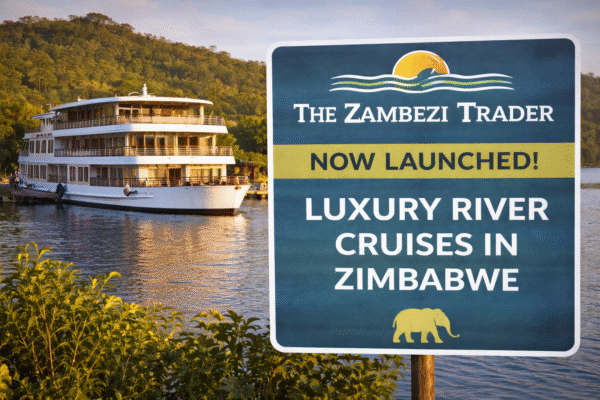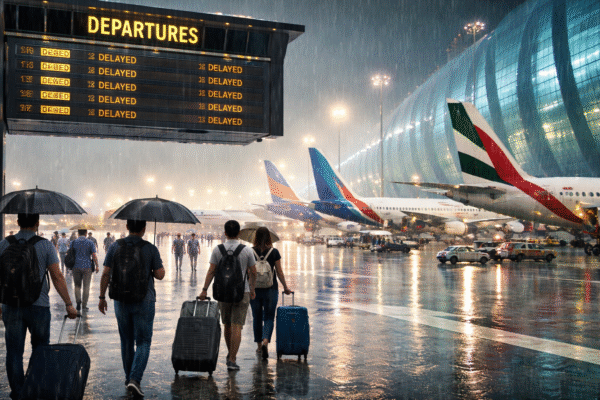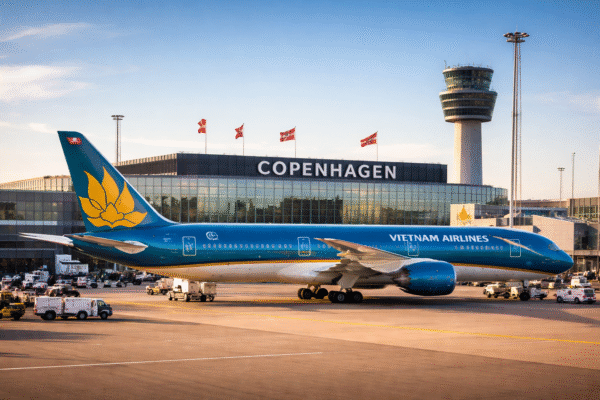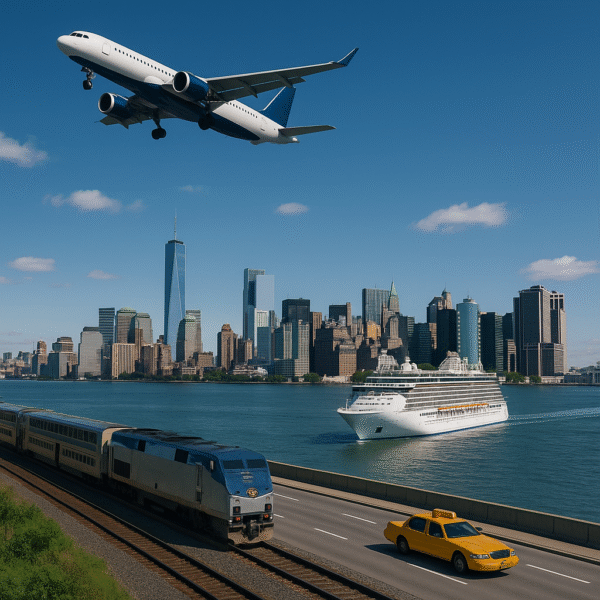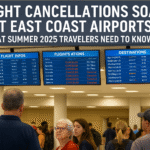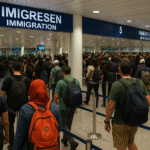America’s Travel Comeback: New Flights, Cruise Reforms, and a Surge in Global Tourism Investment
The United States is making one of the biggest tourism comebacks in the post-pandemic era, driven by international flight expansions, soaring hotel occupancy rates, and a return of global traveler confidence. Amid growing interest from investors and travelers alike, cities like Boston, Las Vegas, and Miami are seeing strong momentum, while U.S. authorities and private stakeholders push forward with strategic reforms across aviation, cruise, and marketing sectors.
Rebuilding Trust Through Global Campaigns
Following years of pandemic disruptions and political headwinds, the U.S. is shifting focus toward rebuilding trust among international travelers. Brand USA’s newly launched global marketing campaigns in countries such as Canada, France, Germany, and Australia aim to spotlight America’s diverse travel experiences—from national parks and music cities to Indigenous heritage routes and culinary destinations.
These targeted efforts, according to U.S. Travel Association insights, are helping boost visitor confidence, especially in gateway markets where inbound recovery had lagged due to visa delays and public perception concerns.
New International Air Routes and Airport Growth
The expansion of global air routes is playing a central role in this revival. U.S. carriers like Delta, United, and JetBlue are adding more long-haul routes to Europe, Asia, and Latin America, while international partners such as Air Canada are opening new connections—linking Vancouver to Nashville and Montreal to Cincinnati in 2025.
Boston Logan International Airport, now one of America’s fastest-growing hubs, recorded a 5% year-on-year passenger increase in early 2025, boosted by a $425 million infrastructure modernization. These developments enhance not only travel capacity but also regional economic development, offering more seamless travel for both tourists and business passengers.
U.S. Cities Leading the Tourism Surge
Tourism data from the U.S. Department of Commerce shows impressive growth in key urban destinations. Las Vegas reported an 87% hotel occupancy rate in June, with average nightly rates climbing to $178. Miami and Orlando welcomed over five million international visitors during the first half of 2025, while San Francisco and Los Angeles are witnessing a rebound in Asia-Pacific arrivals—especially from Japan, South Korea, and India.
Orlando alone saw a nearly 9% surge in hotel revenue, fueled by both domestic and foreign family travelers taking advantage of Florida’s extended summer vacation campaigns.
Cruise Tourism: Reform and Responsibility
Cruise tourism is undergoing a dramatic evolution. U.S. cities like Bar Harbor, Maine, and Juno, Alaska, are following the lead of European destinations by introducing caps on cruise passenger arrivals. Monterey, California, has gone even further, suspending cruise ship landings entirely to preserve fragile marine ecosystems.
This trend is consistent with global sustainability efforts in cities like Barcelona and Dubrovnik, where local governments are combatting overtourism and maritime pollution through regulatory caps and port operation reforms.
Cruise Health Concerns Resurface
However, challenges remain in the cruise sector. The U.S. Centers for Disease Control and Prevention (CDC) is currently investigating a gastrointestinal outbreak aboard Royal Caribbean’s Navigator of the Seas, which affected over 140 passengers and crew. Although immediate sanitation protocols were enacted, many passengers reported unclear communication and limited support during the incident.
This health scare has renewed calls for stricter CDC oversight and real-time transparency tools for cruise travelers, particularly during peak sailing months.
Digital Border Scrutiny Raises Concerns
Increased digital searches at U.S. borders are also affecting international traveler sentiment. In 2024, more than 47,000 electronic device searches were conducted by U.S. Customs and Border Protection, raising concerns over privacy rights. Some European governments now advise their citizens to carry temporary or “burner” phones when visiting the U.S., a trend that threatens to undermine progress made in international travel relations.
Retirement Migration and Affordable Alternatives
Beyond tourism, the rise in retirement migration is shaping North America’s outbound travel market. Escalating healthcare and housing costs are pushing retirees from the U.S. and Canada to settle in more affordable, warmer destinations. Countries like Panama, Mexico, Malaysia, and Portugal are leading the trend, offering retirement visa programs, low-cost living, and public health access.
Popular destinations such as Boquete (Panama) and the Algarve (Portugal) report year-on-year increases in expatriate retiree residency applications, according to local government statistics.
Budget Travel and Destination Dupes on the Rise
Affordability is also redefining mainstream travel habits. Due to high domestic airfares in North America and costly hotels across Western Europe, travelers are opting for budget-friendly destinations in Southeast Asia, Eastern Europe, and Latin America. Cities such as Hanoi, Tbilisi, and Medellín are becoming popular “destination dupes”—offering similar cultural and scenic appeal at significantly lower prices.
Slow travel, digital nomadism, and off-season exploration are all gaining traction, especially among younger travelers and families seeking longer, meaningful getaways.
Outlook: Toward a Smarter, More Inclusive Tourism Future
The American tourism sector is clearly on the rise—but not without adapting to new global expectations. With strategic investments in infrastructure, smarter marketing, and responsive sustainability measures, the U.S. is poised to reclaim its place as a top global destination. As the world’s travel habits continue to evolve, the industry’s focus is increasingly shifting toward accessibility, affordability, and responsible growth.
As cities and countries alike race to define the future of travel, the American comeback may well serve as a blueprint for others navigating the post-pandemic tourism landscape.
For more travel news like this, keep reading Global Travel Wire



